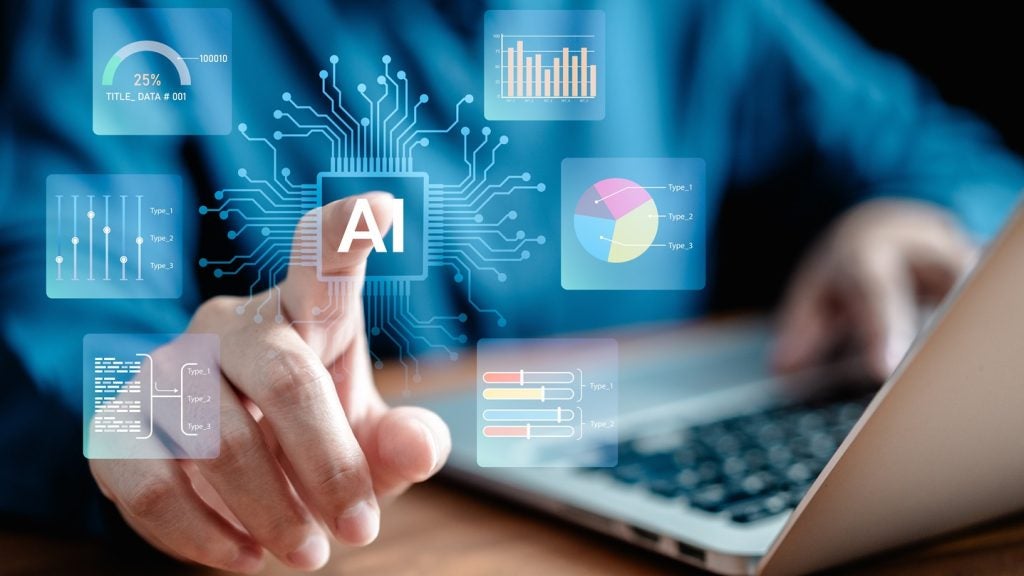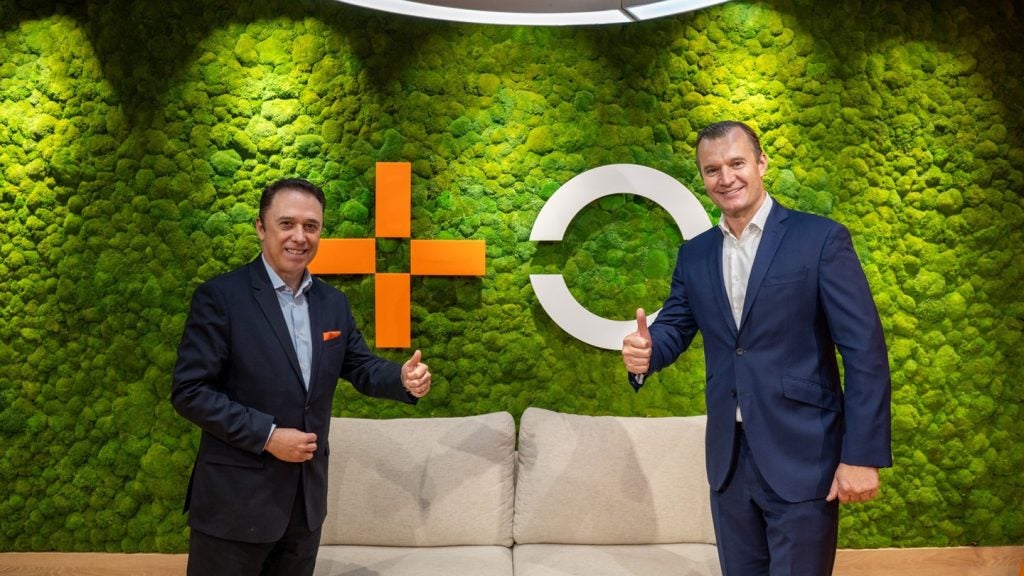Nordic Semiconductor has been granted a patent for a radio receiver device that includes an analogue-to-digital converter, digital processing units, a sample counter, and a buffer. The device is designed to receive a radio signal and process it to produce an output signal. The sample counter sets a trigger flag when the number of samples exceeds a predetermined threshold, enabling the buffer to store the samples. GlobalData’s report on Nordic Semiconductor gives a 360-degree view of the company including its patenting strategy. Buy the report here.
According to GlobalData’s company profile on Nordic Semiconductor, M2M communication interfaces was a key innovation area identified from patents. Nordic Semiconductor's grant share as of September 2023 was 30%. Grant share is based on the ratio of number of grants to total number of patents.
Patent granted for a radio receiver device with trigger flag
A recently granted patent (Publication Number: US11777630B2) describes a radio receiver device designed to receive a radio signal modulated with multiple data symbols from an incoming bitstream. The device consists of an analogue circuit portion connected to an antenna, which includes an analogue-to-digital converter (ADC) clocked by a first clock signal. The ADC receives the radio signal and produces a digital signal.
The digital circuit portion of the receiver device receives the digital signal from the ADC and comprises one or more digital processing units. These processing units are clocked by a second clock derived from the first clock and are responsible for processing the digital signal to generate an output signal at an output sample rate. The device also includes a sample counter, which counts the number of samples at the output sample rate. When the number of samples exceeds a predetermined threshold value, the sample counter sets a trigger flag.
Additionally, the receiver device includes a buffer that receives the output signal from the digital processing units. However, the storing of samples to the buffer is only enabled when the trigger flag is set. This ensures that the buffer only stores samples when the predetermined threshold value is exceeded, preventing unnecessary storage and conserving memory.
The patent also mentions various additional features of the radio receiver device. These include the ability to select a variable threshold value for the trigger flag, a clock divider that divides the frequency of the first clock to generate the second clock, and the use of decimators and sample rate converters in the digital processing units. The device also includes a baseband circuit portion that retrieves the output signal from the buffer and is clocked by a further clock.
The patent also describes a method of operating the radio receiver device, which involves receiving the radio signal, converting it from analogue to digital using an ADC, processing the digital signal, counting the number of samples, setting a trigger flag when the threshold value is exceeded, and enabling the storage of samples to the buffer only when the trigger flag is set.
Overall, this patent presents a radio receiver device and method that efficiently processes and stores radio signals, ensuring optimal use of memory and improving the overall performance of the receiver.
To know more about GlobalData’s detailed insights on Nordic Semiconductor, buy the report here.
Data Insights
From

The gold standard of business intelligence.
Blending expert knowledge with cutting-edge technology, GlobalData’s unrivalled proprietary data will enable you to decode what’s happening in your market. You can make better informed decisions and gain a future-proof advantage over your competitors.







